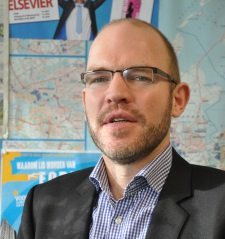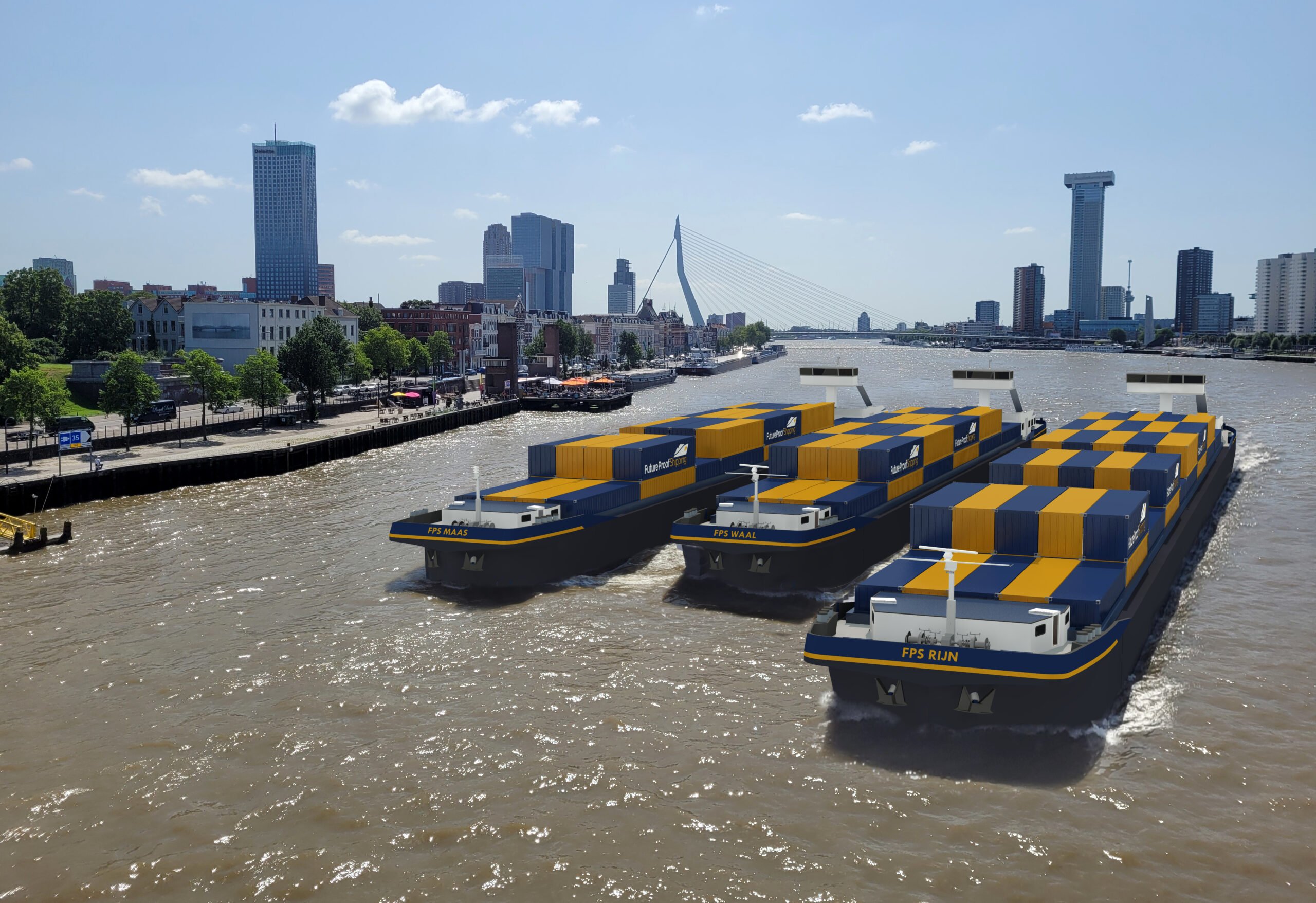
Vacancies and inefficient use are still so common in the current industrial sites that no new plans for new sites should be made for the time being. Fontys Real Estate lecturer, Cees-Jan Pen, sees the same thing all over the country: neglected and partially abandoned business parks and a government that barely intervenes. Pen believes that it is, first and foremost, a task for the province, but the cities themselves can also do something.
In Eindhoven too, just like everywhere else, there are renewal plans, such as Brainport Industries Campus, BIC, and overdue maintenance on existing sites, such as De Hurk and De Kade. Pen: “As far as I can tell, Eindhoven is on the right path in this area. In any case, what’s most important is that no new sites are developed when future users sign the contracts. We need development that’s demand-driven instead of supply-driven. I thinks that’s understood in Eindhoven.”
Bubble plans

Cees-Jan Pen is the co-author of the publication Een markt voor bedrijventerreinen [A Market for Industrial Sites]. The book brings to light what six years of research and policies has meant for industrial sites throughout the whole country. One in three Dutch people works on this kind of industrial site. All in all, that’s a huge economic power.
One of his conclusions is that the arguments for still developing new industrial sites are varied and often understandable, but the risk to existing sites is usually insufficiently considered. Pen: “You have to actually recognise that a potentially good plan, such as BIC, has suffered from the region’s poorly executed bubble plans from the past. If you see how much overdue maintenance there is, then I’d say that there is a fundamental task for the council, maybe a restructuring fee is necessary. If you don’t do anything, there will just be more problems.”
 Pen gives De Hurk as an example. “There have since been calls to allow retailers to somewhat raise their rate of vacancies. That cannot happen. The retail industry is in the city centre and the area right next to it. Instead, you should speak to these entrepreneurs and, on the basis of available budgets – there is the money – offer them the space to do business more freely than they currently can. Just begin by communicating the law of participation to this sector: after citizen participation, the participation of entrepreneurs would also help us to advance.”
Pen gives De Hurk as an example. “There have since been calls to allow retailers to somewhat raise their rate of vacancies. That cannot happen. The retail industry is in the city centre and the area right next to it. Instead, you should speak to these entrepreneurs and, on the basis of available budgets – there is the money – offer them the space to do business more freely than they currently can. Just begin by communicating the law of participation to this sector: after citizen participation, the participation of entrepreneurs would also help us to advance.”
Management and maintenance
According to Pen, it’s wise not to expect all industrial sites to be equally beautiful. “Spatial planning is secondary to economic and social-economic interests. First, just look at how it can work as well as possible. And especially don’t skimp on management and maintenance. Sewer systems have to work, roads need to be good and there should be some green spaces somewhere. This is the way in which you can best help the entrepreneurs at existing industrial sites.”
Main photo: the striking contours of cement company Mebin op De Hurk




